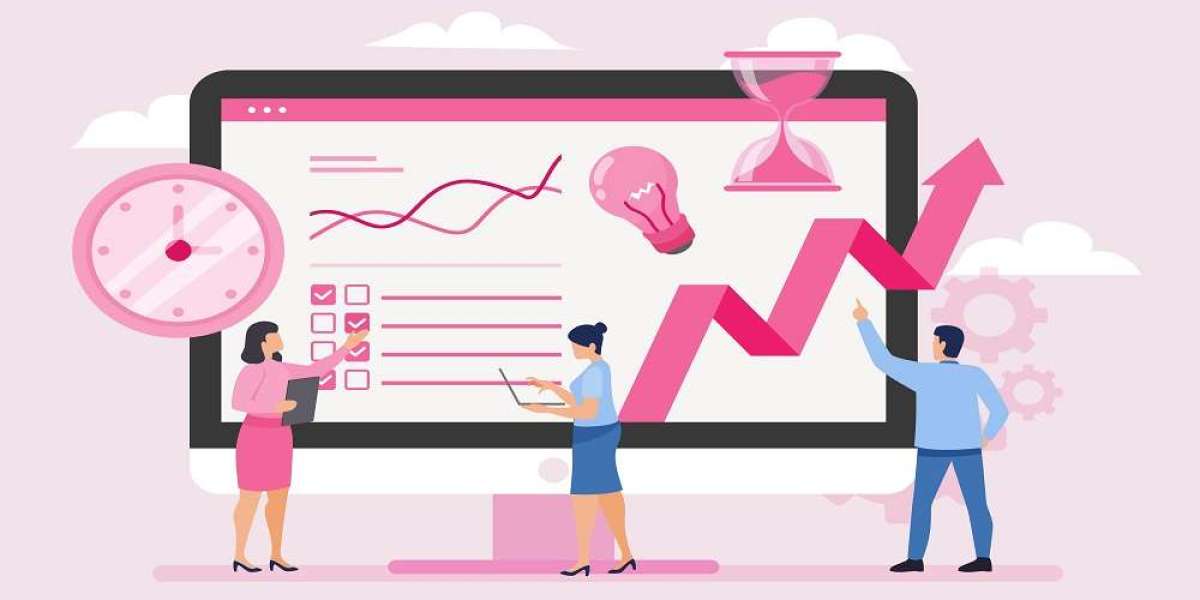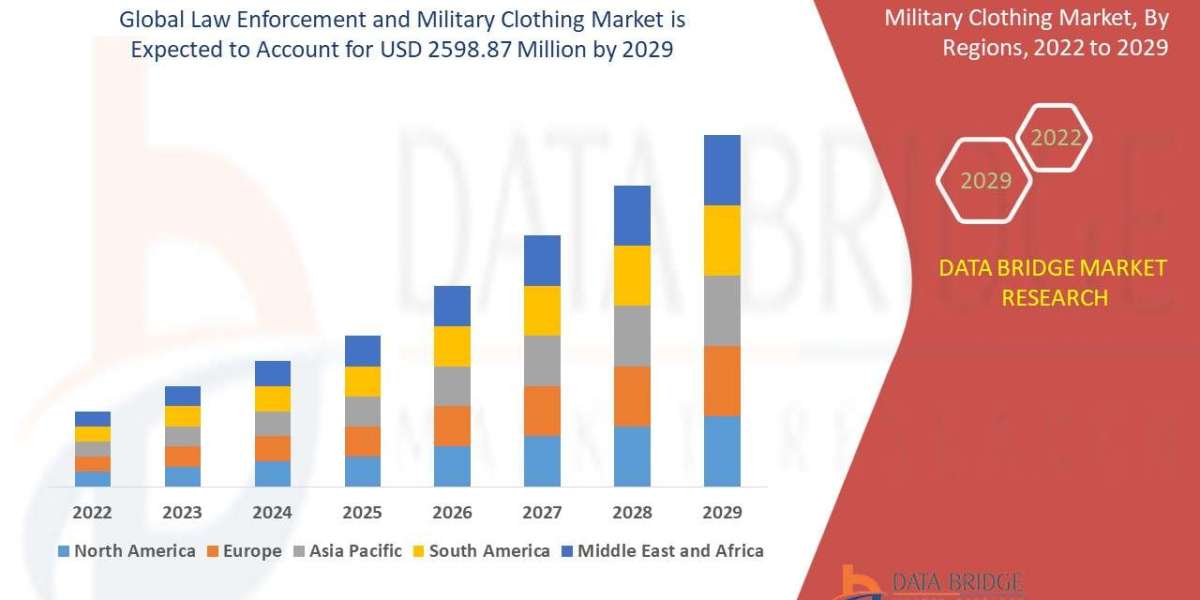In today's data-driven world, businesses are constantly seeking ways to gain a competitive edge and optimize their operations. One of the most transformative approaches to achieving this is through AI and ML-based forecasting. In this blog post, we will explore the fascinating realm of AI and ML-based forecasting, focusing on the challenges and opportunities posed by seasonality and trends. Additionally, we will delve into the innovative AI forecasting tools that are reshaping how businesses anticipate market demands.
The Evolution of Forecasting: AI and ML Take Center Stage
Forecasting has always been a critical component of business strategy. Traditionally, businesses relied on historical data and statistical methods to make predictions about future trends. However, the advent of artificial intelligence (AI) and machine learning (ML) has revolutionized the field of forecasting.
1. Data-Driven Insights:
AI and ML-based forecasting leverage vast datasets and complex algorithms to uncover patterns and relationships that might go unnoticed with traditional methods.
2. Predictive Accuracy:
These technologies have the ability to analyze and learn from data to make highly accurate predictions, especially when dealing with complex and dynamic patterns.
3. Real-Time Adaptability:
AI and ML models can adapt in real-time to changing conditions and provide insights that are up-to-the-minute, allowing businesses to respond quickly to market shifts.
4. Scalability:
These technologies are highly scalable, making them suitable for businesses of all sizes and industries.
The Challenge of Seasonality and Trends
While AI and ML-based forecasting offer tremendous potential, they also come with their own set of challenges, especially when dealing with seasonality and trends:
1. Seasonality:
Many industries experience seasonality, where demand for certain products or services fluctuates predictably throughout the year. For example, ice cream sales peak in the summer and decline in the winter.
2. Trends:
Identifying and adapting to trends in the market is essential for staying competitive. These trends can be short-term or long-term and may be influenced by factors like technological advancements, consumer preferences, or economic conditions.
3. Combining Seasonality and Trends:
In some cases, businesses need to forecast demand that exhibits both seasonal patterns and underlying trends, making the forecasting process more complex.
4. Data Variability:
Seasonal and trend-related data can be noisy and subject to change, making it challenging to build accurate forecasting models.
The Promise of AI and ML in Handling Seasonality and Trends
Despite these challenges, AI and ML shine when it comes to handling seasonality and trends:
1. Pattern Recognition:
Machine learning algorithms are exceptionally skilled at recognizing complex patterns within data, which is crucial for identifying seasonality and trends.
2. Real-Time Adaptation:
ML models can adapt to changing seasonality and trends as new data becomes available, providing up-to-date forecasts.
3. Data Transformation:
AI and ML can preprocess and transform data to extract seasonality and trend information effectively.
4. Forecast Combination:
AI models can combine forecasts from multiple sources, such as traditional statistical methods and machine learning algorithms, to account for both seasonality and trends.
AI Forecasting Tools: A Glimpse into the Future
The adoption of AI forecasting tools is on the rise, and these innovative solutions are changing the forecasting landscape:
1. Forecasting Automation:
AI tools automate the forecasting process, allowing businesses to generate accurate predictions with minimal manual intervention.
2. Predictive Analytics:
These tools offer advanced predictive analytics capabilities, including trend analysis, seasonality detection, and forecasting for different time horizons.
3. Scalability and Accessibility:
AI forecasting tools are becoming more accessible to businesses of all sizes, thanks to cloud-based solutions and scalable pricing models.
4. Integration:
These tools can seamlessly integrate with existing business systems, such as enterprise resource planning (ERP) software, to provide a holistic view of operations.
Real-world applications of AI and ML-based forecasting
AI and ML-based forecasting are transforming a wide range of industries. Here are some real-world applications:
1. Retail and E-commerce:
Retailers use AI to forecast product demand, optimize inventory, and plan promotions. For example, Amazon uses AI to predict which products will be in high demand during upcoming seasons.
2. Finance:
Financial institutions employ AI to forecast market trends, identify investment opportunities, and manage risk. Algorithmic trading, for instance, relies on AI to make split-second trading decisions.
3. Healthcare:
Hospitals use AI to forecast patient admissions, allocate staff resources efficiently, and ensure the availability of medical supplies.
4. Energy:
The energy sector utilizes AI to predict energy consumption and optimize power generation and distribution, reducing costs and environmental impact.
5. Agriculture:
Farmers apply AI-based forecasting to optimize planting and harvest schedules, resulting in higher crop yields and reduced waste.
The Future of Forecasting: A Data-Driven World
The future of forecasting lies in embracing AI and ML as essential tools for informed decision-making. Here's what the future holds:
1. Greater Predictive Accuracy:
As AI and ML continue to evolve, we can expect even greater predictive accuracy, enabling businesses to make more reliable forecasts.
2. Enhanced Automation:
Forecasting processes will become more automated and integrated into everyday business operations, reducing the need for manual intervention.
3. Real-Time Insights:
Businesses will have access to real-time insights and forecasts that enable agile responses to changing market conditions.
4. Customization:
AI-based forecasting models will become increasingly customizable, allowing businesses to tailor predictions to their specific needs.
In Conclusion
AI and ML-based forecasting are ushering in a new era of precision and agility in decision-making. While seasonality and trends pose challenges, these technologies excel at recognizing complex patterns and adapting to change.
As businesses continue to adopt AI forecasting tools and harness the power of data-driven insights, they will be better equipped to navigate the dynamic and competitive landscape of today's markets. The future belongs to those who embrace the potential of AI and ML to transform their operations and stay ahead of the curve in an increasingly data-driven world.
Predict your sales volume and demand trends with our Artificial Intelligence-based SaaS platform visit: https://thousense.ai/
Source: https://bresdel.com/blogs/399895/Unlocking-the-Power-of-AI-and-ML-Based-Forecasting-Navigating



